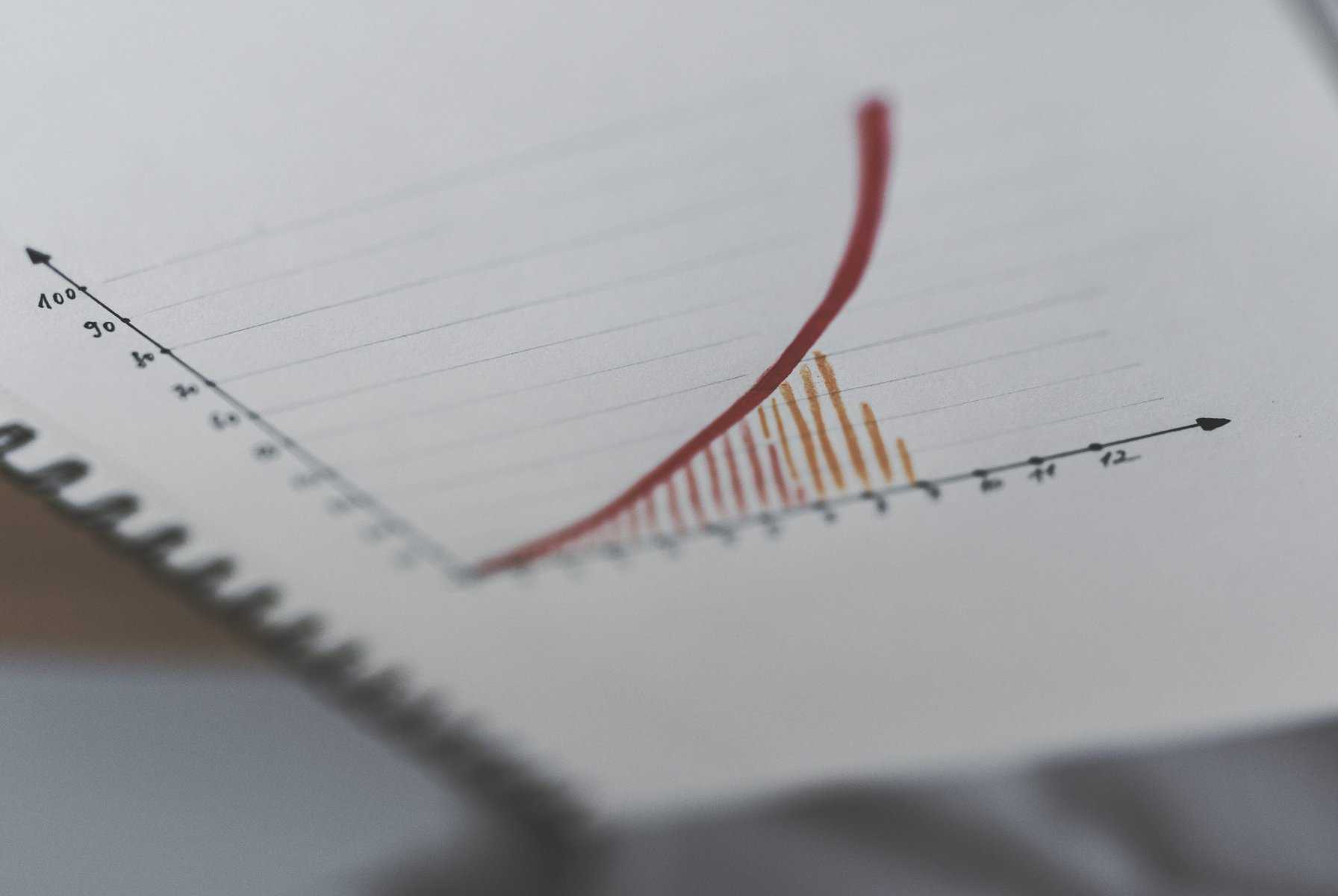The majority of branding discussions center on color schemes, logos, name rights, and unique designs. But every customer touchpoint, on the other hand, is a brand experience. Every interaction you have with a potential customer has an impact on how they perceive your brand. Here are three companies that made incorporated customer experience into their branding:
Daytana Lagoon
Daytona Lagoon is an amusement park that shifted its focus to a different customer persona and created a mascot. Its team released a teaser video on social media to unveil the mascot and asked people to guess what kind of creature it was. A press release accompanied the teaser video. Following the teaser video, they posted a series of five riddles on social media for customers to solve to figure out who the mascot was. This mascot reveal campaign helped the amusement park increase its attendance by 49%.
Temple University
Each year, Temple University offers over 100 non-credit and continuing education programs to over 43,000 students. Non-credit education was controlled independently by each division and faculty, resulting in significant duplication of effort, inconsistent customer experiences, and ineffective program decision-making. Each of its programs had its website, and many of them did not allow students to register or pay for classes online. As a result, students had to comb through dozens of different websites to select a non-credit program that caught their interest. Essentially, a single brand has various customer experiences.
The team then centralized the management of all no-credit programs into a single office. They invested in a learner engagement platform that’ll manage all registrations and programming from a single location. This helped people shift their focus from administrative work to program development, marketing, and curriculum. After centralizing its programs to create a consistent brand experience, Temple University generated $ 9.6 million in revenues.
L’Oréal
Another example was with L’Oréal in 2019. L’Oréal felt it was necessary to improve one of its most popular makeup products, the L’Oréal Paris Alliance Perfect foundation. Multiple ingredients have come on the market, along with competitor goods manufactured from those ingredients. Hence, both the recipe and the product communication were outdated.
Consumers were overwhelmed by the new ingredients and products. Moreover, following the implementation of new formulas, competitive firms would promote their substances as the most excellent in the market, promising near-magical effects.
The marketing team decided to use a combination of social media listening and traditional questionnaires for their study. To construct a “consumer glossary,” the team collaborated with a social media listening tool vendor. This is to determine the most popular, in-demand ingredients discussed online and determine the most regularly used words and phrases. Questionnaires were used to confirm all of the hypotheses and insights discovered from social media monitoring. With the help of a dedicated team, this section was finished in-house. They devised custom questionnaires with the goal of condensing all of the information into a maximum of three options that might serve as the foundation for the entire product line.
It was found out that customers liked foundation attributes, including not clogging pores, having a light texture, and not spreading. Meanwhile, hyaluronic acid was the most talked about and acclaimed cosmetics ingredient. These exact phrases were eventually used for marketing communication after being discovered through social media monitoring.
Key takeaways:

